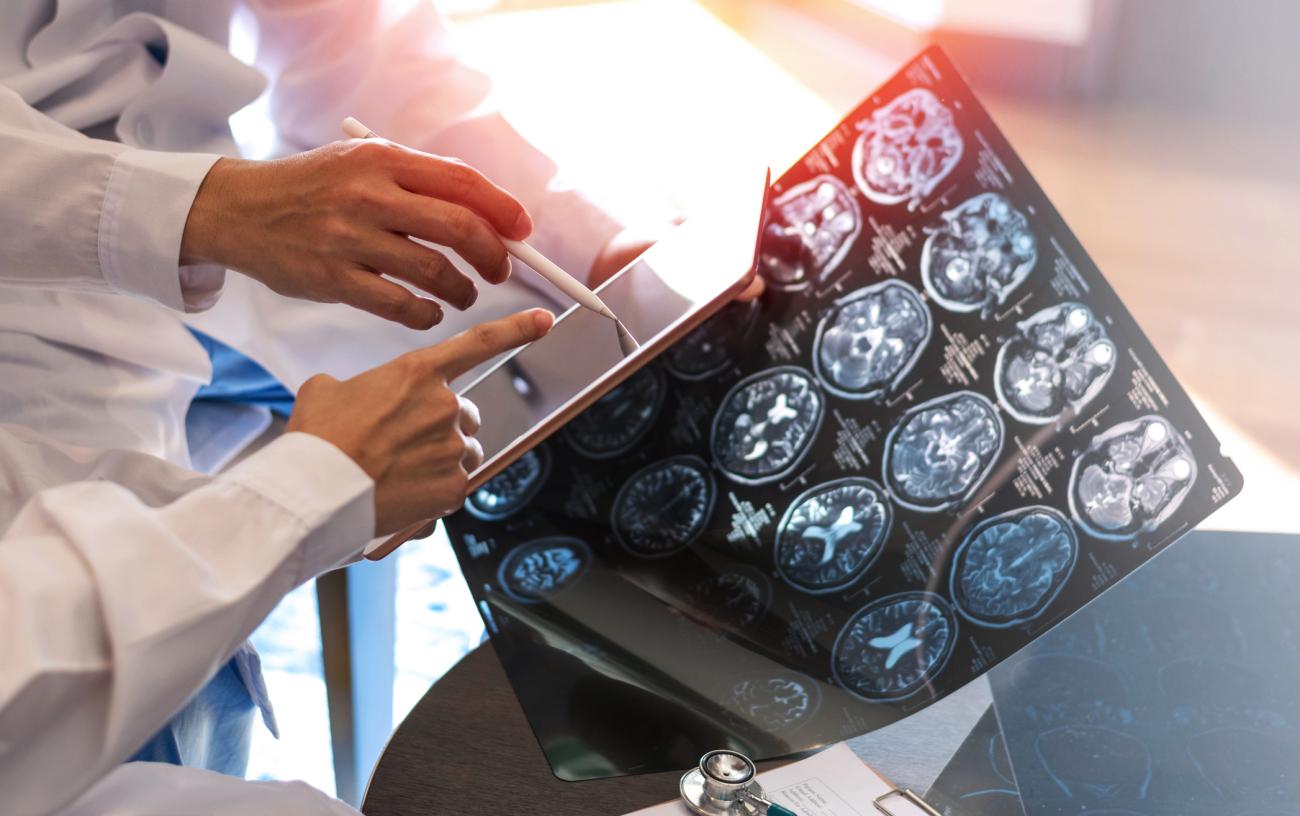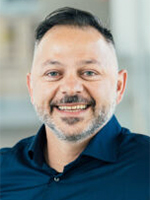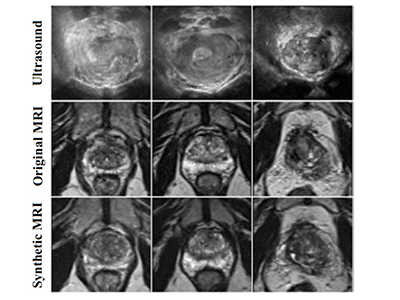
The novel application of artificial intelligence could address limited access to specialized scanning technologies and data for health research.
A study led by Vancouver Coastal Health Research Institute researcher Dr. Ilker Hacihaliloglu is the first to test the viability of a selection of image-to-image synthesizing technologies used to generate magnetic resonance imaging (MRI) images from ultrasound scans of prostate cancer.

Within the past two years, researchers have made incredible advances in image synthesizing technology. Similar to the popular OpenAI generative artificial intelligence (AI) algorithm that can create images and transform images into other images, synthetic image generation is a sophisticated AI computer algorithm.
Researchers feed image synthesizing technology thousands of patient diagnostic scans to train it on identifying disease characteristics, such as images of variations of a certain type of cancer. The more images input into the algorithm, the better it will be at accurately generating a synthetic image, explains Hacihaliloglu. For example, the software image synthesizing technology examined in their study can quickly translate a single ultrasound scan into another medical diagnostic image, such as an MRI image, with the click of a button.
“Our goal is for image-to-image technology to advance to the point at which it can be used in health care settings to reduce wait-times and travel time for high-quality clinical imaging, such as MRI, and reduce radiation exposure from computed tomography (CT), X-ray or mammography scans,” states Hacihaliloglu.
“This emerging technology has the potential to reduce the need for many MRI and CT diagnostic scans.”
MRI technology uses magnetic field waves and computer-generated radio waves to take detailed images of internal tissue structures, including bones, blood vessels, organs and muscles. While non-invasive, the technology is presently only available as non-portable machines that may not be available outside of major city centres. The same is the case for CT scanners, which are a radiating technology that takes a series of detailed X-ray images of internal soft tissues and bones.
“Each image modality, whether it be X-rays, CT scans or ultrasounds, has certain advantages and disadvantages that could be necessary for clinicians to accurately diagnose and treat a patient.”
Ultrasounds, on the other hand, are a non-radiating technology that uses sound waves to produce images of tissues, such as organs, inside the body. Available as handheld, portable machines, ultrasounds are a convenient and accessible means of generating real-time pictures of internal tissues. Available in remote areas that may be far from other scanning technology, such as MRI or CT scanners, ultrasounds are an ideal choice as a rapid medium from which to generate synthetic MRI or CT images.
More research is needed to refine image-to-image software
For their study, Hacihaliloglu and his team evaluated the quality of synthetic MRI images generated from 794 ultrasound scans of prostate cancer using five widely recognized image-to-image translation networks in medical imaging: 2D-Pix2Pix, 2D-CycleGAN, 3D-CycleGAN, 3D-UNET and 3D-AutoEncoder. Five doctors with over five years of experience reading MRI scans were then given a random selection of 15 synthesized MRI images.

The team found that, while the synthetic MRI images were around 85 per cent similar to those of the MRI scans, they lacked too many important clinical features to be useful in diagnostics at this stage.
“If the synthetic MRI images are accurate enough, we can one day use ultrasound scans to create MRI images.”
“This technology has great potential to be used in clinical diagnostics, research and medication development,” says Hacihaliloglu. “As such, there is a pressing need for further refinement of image-to-image translation networks to enhance its performance.”


